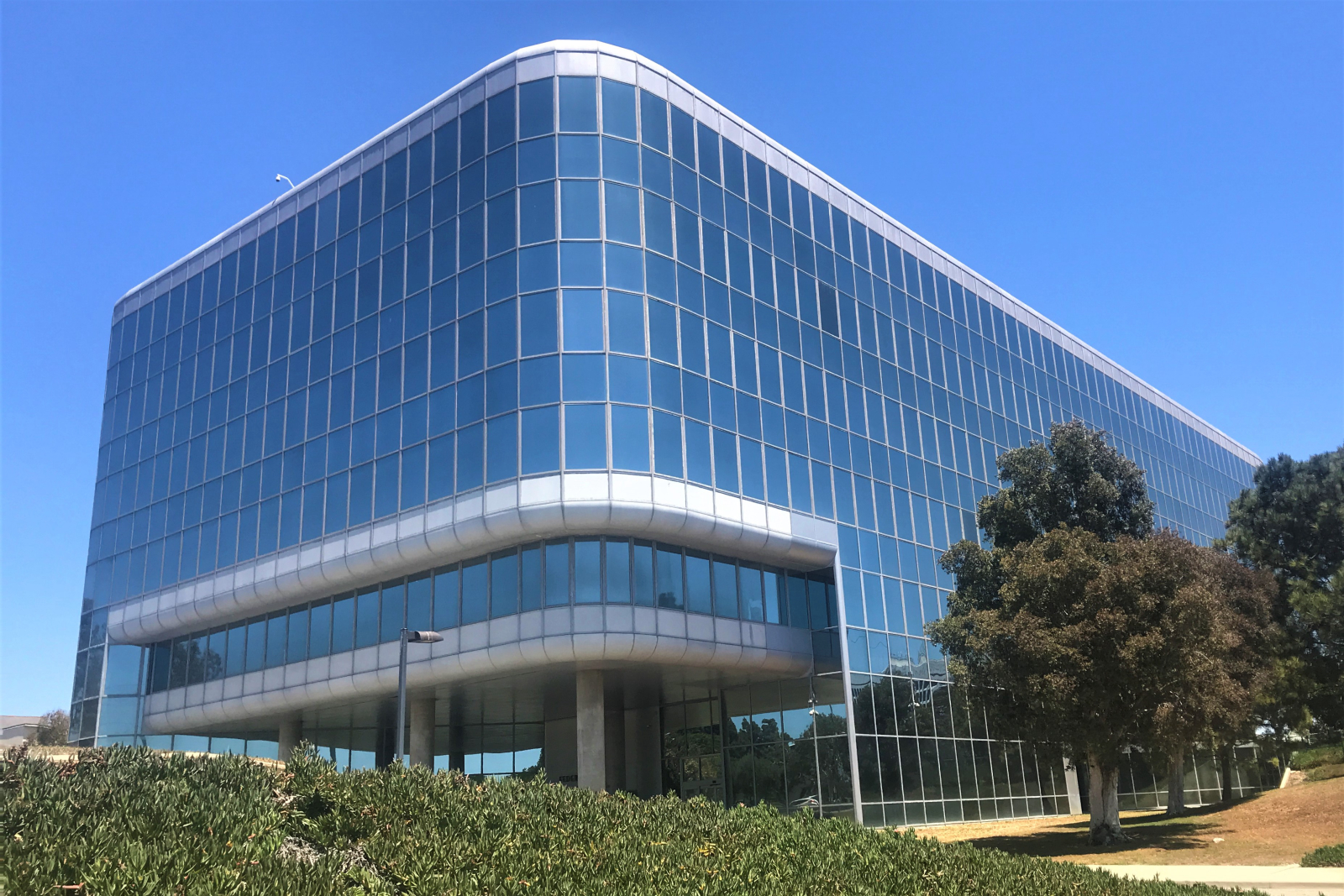As 2020 marks the first year that the 1970s turn 50 years old, we find ourselves seemingly in the same place as in 2010, 2000, 1990, and the beginning of each past decade: Having to make the case that buildings and sites that seem so young can be considered historic. Just as the public has gained an appreciation for Midcentury Modern and the preservation community has developed the intellectual and technical expertise to evaluate and preserve 1950s and 1960s resources, we are now at the starting point of a new decade needing to reestablish these baselines. Like the previous decades, there will be places from the 1970s that are important and worthy of preservation. Our eyes and personal tastes will gradually adjust to see the beauty in what many now consider to be outdated, ugly, and mundane.
We are just beginning the research and understanding of the 1970s, to say nothing of the technical know-how for repair and conservation. There is no magic to 50 years – it is arbitrary and only a guideline, not a rule, for listing in the National Register of Historic Places; resources younger than 50 years old can be designated if they are of exceptional significance. Still, the date allows enough time to have passed for scholarship and critical analysis to form so that places can be evaluated in their historic context. As an initial step, a few trends that shaped the built environment of that decade are discussed here.
The 1970s was a period of transition and uncertainty. The post-World War II optimism had faded amidst the sociopolitical turmoil of the 1960s. The country grappled with whether and how to remake its social, political, and economic structures in the face of civil rights movements, Vietnam War protests, and environmentalism. Economic downturn, worsened by an oil crisi
The '70s Turn 50: Building the Context
Author
Flora Chou
Affiliation
Senior Associate / Cultural Resources Planner, Page & Turnbull
